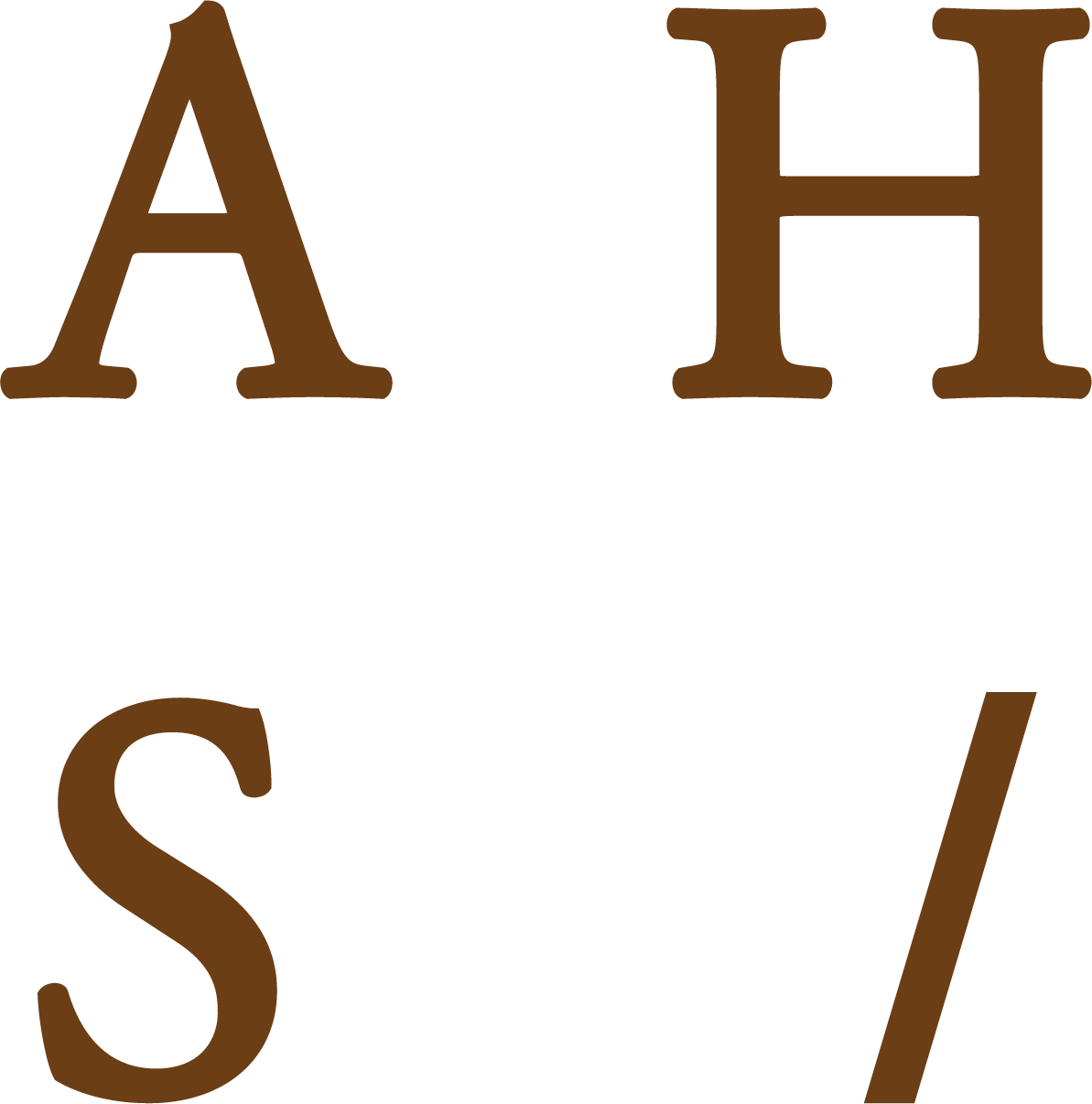Product Photography : Writing a brief
Whether you are launching a new business or you’re a well-established company looking to freshen up - product photography is a great way to promote and showcase your product’s quality.
However, product shoots can be a tedious task, especially if you have a lot of products to shoot. Therefore, getting it right and ensuring you won't be reshooting it again next year is down to a clear and considered brief and when done well, will help you:
Find the right photographer for you
Save you, your staff and the photographer time
Get great value for money
Select and maintain an appropriate and consistent style
Yes, writing the perfect brief will take time, but is well worth doing. Below, I take you through a number of questions, points and ideas to give you the tools you need to create a successful product photography brief. These prompts will guide you and encourage you to carefully consider your options and provide a brief that photographers long for!
Alternatively, you can submit a Product Photography Form to me directly (see link below). If you wish to acquire my services in photography or creative consultancy, this form makes it easier to create a clear and inspiring brief. I’ll take you through a few simple points and get you one step closer to launching your new product photography.
TELL ME ABOUT YOUR VISION
Your Company
What is the name of your business?
What does your company do?
What are you trying to sell?
Who are you trying to sell to?
Who are your competitors?
What’s your website?
The Project
How many products do you need shooting? (A list will need to be provided to attain an estimated cost.)
Do you need the product shot from multiple angles?
Are group shots of multiple products required?
What is your deadline?
STYLES
Do you have brand guidelines that determine the company’s visual look?
Are you looking for a style that is consistent with existing product photography or do you need a fresh look?
A mood board will help a photographer achieve the look you need/want. If you are uncertain of what you are looking for, all the information you provide in the brief will help the photographer guide you.
Here are some options you may want to consider. Note that this list is just an overview - there are more styles that combine different options, and there really are no rules! However, a knowledge of the basics will help you envision something unique and presents your product in the best light.
The Studio Shot:
Your product shot against a plain background.
Can be supplied as a PNG (these are product images with the negative space removed allowing you to overlay in various ways).
Typically shot against a white, smooth background.
Options to consider: Textures, drop shadows, reflections or gradients applied in production or post-production.
The Lifestyle Shot:
Showing your product in use.
Typically involves a real environment or human interaction and is a good opportunity to represent your target market in your model choice.
Can be staged in a studio for a controlled or highly stylized setting.
The Detail Shot:
Close up shots to highlight features.
This option is ideal for a product that needs to reflect its quality and details in design.
The Group Shot:
Multiple products shot together.
This option is ideal for collections/bundles or colour/size options.
The Process Shot:
To tell the story behind your product.
This option is ideal for products that are crafted with care and skill.
Each style offers a different experience for a customer, and you may want to consider shooting in two styles.
For example, an intricate piece of jewellery will need - a studio shot to establish the look of the piece, a detail shot to capture finishes and features, and a lifestyle shot of the jewellery being worn for a sense of the styling and the scale.
PURPOSE
Where and how your product images will be presented will dictate the style they need to be shot in. For example: if your shop presents images in landscape then you will want to avoid shooting in portrait as it will need to be rotated or cropped to work on your site.
Therefore, ask yourself the following:
Website:
On the shop page are the images landscape, portrait, square?
On the product pages are the images landscape, portrait, square?
Do product pages feature a carousel/multiple images of same the product?
Will these images be used for a banner?
Will the style you want work well with the layout, colours and other content of your website?
Social:
Do the images need to optimise well for square (Instragram) posts or banners (Facebook)?
Will the images fit in well with your current Instagram theme?
Print:
Do you require high resolution images for printing purposes?
Do you have strong options for magazines to work with?
Conclusion
Now that you have answered and considered these questions you should be well on your way to forming a detailed and useful 2-3 page document for your photographer.
I recommend that you request a test shot of a single product to be photographed and edited before proceeding with the shoot. That way, you can trial the image on your website to see how it looks, instead of shooting all your products only to discover that you are not happy with the aesthetic of the photography.
Don’t be afraid to change your mind, the photographer will prefer to get it right from the start than shoot and edit photography that doesn’t inspire you.
If you are looking for a photographer to help you with your product photography, please see my product photography portfolio and get in touch!
If you would like to work together, you can also submit a Product Photography Brief Form (see below) directly if you wish to acquire our services.
